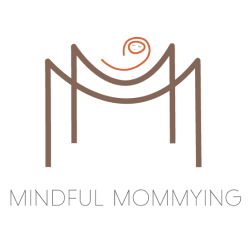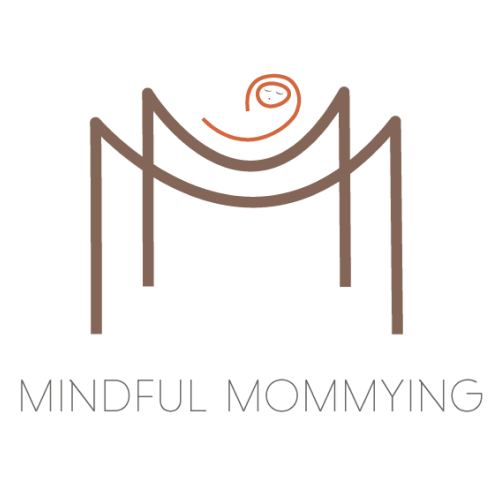
Speaking of Trauma and BMWs
- September 14, 2021
- by
- Rachel
“You’re a BMW,” she said. “You’re sexy, but you’re expensive, and you break down a lot.”
I stood frozen to the spot as the words slammed into me, knocking my breath out of my chest and flooding me with the dark heat of shame. I started to disassociate which allowed me to make a joke, to pretend it meant nothing.
She may have had no idea how her words would land. Or maybe she did, because, from the vestiges of my trauma, I had hurt her.
I have no way of knowing intent, only effect.
What I do know is that the person who spoke those words to me was one of the few people I trusted completely. She had seen me curled in a ball on the bathroom floor, fighting the waves of panic slamming into my body. She had helped me apply the electrodes of the TENS unit to my abdomen, sending electrical current through my body to counteract the pain caused by invasive physical therapy. She is one of five people who knows the names of both of my abusers.
But that day she walked away. My trauma was too emotionally expensive, my break downs unattractive. There were other people out there who had far less to manage.
Everyone has trauma. It’s part of the process of living, of sharing space with others.
When the trauma is particularly complex or was mixed in with other traumas or occurred in secret, it has longer lasting effects. Trying to understand that sort of trauma when you’re someone who has not experienced it like trying to understand starvation when you have always had enough to eat. You believe it exists. You’ve seen the skeletal children on television documentaries. You may even cry a bit. But your pantry is still full of food.
One of the hardest realities I’ve had to face is the judgement from others when trauma rears its ugly head. People get tired of the dark days, the behaviours that keep tripping me up, the pain that comes seemingly out of nowhere. They know someone else who “had a hard time”—past tense—but “got over it”—past tense again. This is said in order to spur me on to do the same as quickly as possible. Strangely, no one wants this more than I do for myself. And no one feels the shame of failure more intensely on the days when I fall sideways in my healing journey.
Shame permeates everything about sexual assault, like the shame of not fighting back enough or being somewhere you “shouldn’t” have been. It makes sense, then, that childhood sexual molestation, has even more shame attached to it if it occurred over a long period of time in secret. While an adult survivor of rape may be able to call on a community of friends and family as a support system, as a counter to the shame, allowing them to be resilient, children who are molested generally do not have access to that sort of system. Instead, we have the long-term physical and emotional consequences of the abuse., and, as studies have shown, secrets cause pathophysiological consequences that are still being explored.
Given the havoc it wreaks on our professional and personal lives, most of us would be thrilled to put it behind us and never think about it again. We would never again be overwhelmed by memories and sensations, never fight dissociation, never need to take another shower to cope with the feelings of dirtiness and shame.
As I stood there, my back against a rented Toyota Corolla, being told that I was too expensive, the inky black shame of my childhood crept out of its hiding place. Shame that I had allowed myself to be hurt in the first place. Shame that I hadn’t managed better, healed faster, been stronger. Shame that I had ever shared my story.
Shame whispered to me, “You are damaged. You will always be damaged. No one can love damaged things.”
At its heart, as Brene Brown often reminds us, shame is tied to unworthiness. Shame tells us we are flawed and we do not deserve love or belonging or connection. Shame is a powerful tool, because it keeps us from building a support system we can rely on. And it keeps us in silence and alone.
Caught in the moment, but with my adult self not present in any way, my child self showed up. Alone and vulnerable, she accepted again that she was flawed, that her only value was what her body had to offer. She was definitely not worth the price of having to deal with her trauma.
I would like to say this story has a happy ending, but it doesn’t. The person I trusted wanted more light, less darkness. She wanted easier conversations, fewer unexpected triggers. She had the ability to walk away, so she did.
My child self did not have that option and neither does my adult self. As the saying goes, wherever I go, there I am. The shame will likely always haunt me, and I will often be tempted to accept it as truth. I will drive myself hard to be more than enough to make up for what I think I lack. The problem is that shame thrives in the dark places, becoming ever more monstrous the longer it floats beneath the surface.
What I wish my adult self had been mindful enough to tell my child self at that moment in time was that no one was more worthy of love and belonging than she was, because she had nothing to be ashamed of regardless of what someone else spoke over her.
Part of my work in the aftermath has been digging deeply into the shame that has always lurked inside of me, stealing my joy. As tends to be my case, I found solace in art, particularly in the Japanese art of Kintsugi, when a friend sent me a link to an exhibition at the Met. According to the curator, in the 15th century artists began turning broken pottery into artistic masterpieces instead of discarding them. Carefully placing the pieces together, an artist seals the cracks with an epoxy laced with gold, silver or platinum. The final result is not the original piece, but instead of hiding the breaks, keeping them out of sight because they are ugly, they become beautiful and are put on display.
This has given me hope, because it tells me that the work I do, the shame I battle, is not for nothing. If I can find a way to see the broken places as an invitation to become more beautiful, what was once ugly is transformed. In the Reformed tradition of Christianity, they would see Kintsugi as a form of redemption. As much as I shy away from religious terminology, there is something about redemption that can still move me, because it holds within it the notion that nothing broken is ever lost, just transformed into something even more beautiful.
Grappling with my trauma, taking responsibility for its effects, comes out of my deep desire to shield LA from its repercussions as much as possible. That includes being honest with him about it whenever I can be, and being honest with those around me so they can help me protect him. Most of all, it means I have to accept I am not my trauma, but it is a part of who I am. My faith is that constant, persistent work will lead to a sort of redemption out of which, I hope, will come someone more beautiful, someone he can be proud to have as a mommy and someone I can be proud to hold out into the light.








